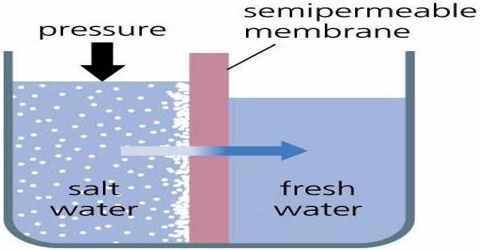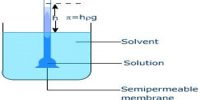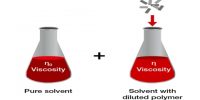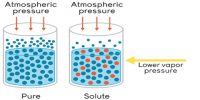Semi-permeable Membrane: Molecular sieve theory
A membrane that allows only the solvent molecules to pass through it, but not the solute molecules is known as a semi-permeable- membrane. Natural membranes are mostly semi-permeable. For examples, skin inside the egg shell, membranes around the red blood corpuscle, animal bladder, and vegetable tissue are all semi-permeable. A variety of synthetic semi-permeable membranes are now available. The mechanism of the action of the membrane is only poorly understood. A briefly discussion of the existing concept follows.
Molecular sieve theory– According to this theory the semi-permeable membrane is supposed to contain a large number or extremely minute pores which allow the small solvent molecules to pass but not the solute molecules, The membrane, therefore, acts like a sieve by allowing preferential migration of the solvent. However, the molecular sieve theory is not satisfactory, because cases are known where the solute molecules are smaller than the solvent molecules and yet only the solvent molecules pass through the membrane.
















